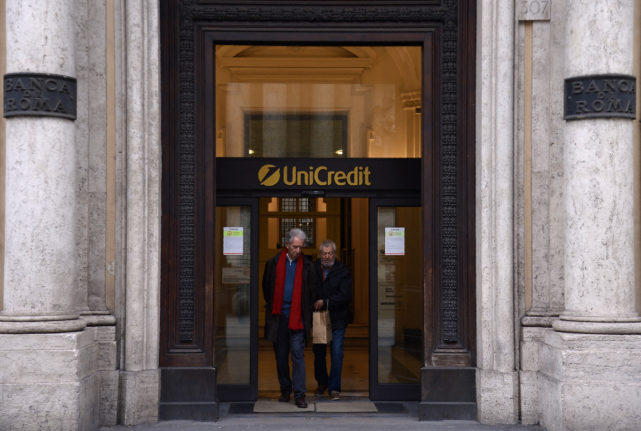Some readers of The Local have recently asked us whether Berlin-based bank N26 – one of a number of fully digital ‘neo-banks’ offering free basic accounts and low maintenance fees – is still operative in Italy after they reported having their accounts shut and being locked out of their funds for no apparent reason.
A reader asked: “Has the digital bank N26 closed down in Italy? My account was closed for no reason. And the bank is not giving me my money. I saw as of March 28, 2022, N26 has been subject to a special order by the Bank of Italy.”
Though there are currently no indications that N26’s status as an active bank in Italy has changed (or is changing), the bank has been operating in a limited capacity for nearly two years now and has been previously involved in a Europe-wide account closure controversy.
In March 2022, N26 was subject to a “special order” from the Bank of Italy (Italy’s central bank), which banned it from taking on new customers and offering new products or services to existing account holders until further notice.
The ban followed an on-site inspection conducted in late 2021, which revealed shortcomings in terms of security legislation and weaknesses in anti-laundering measures.
READ ALSO: Which documents do I need to open an Italian bank account?
Though N26 said that the suspension would “not have any impact” on existing clients, its enforcement was closely followed by a spate of account closures in which over 100 customers from at least seven different countries, including Italy, had their accounts blocked without prior warning, with many reportedly unable to access their savings for weeks.
N26 later said via a LinkedIn statement that a number of accounts were “wrongly closed” as the company was “developing, testing and calibrating” new measures to prevent financial crime.
It’s currently unclear what any recently reported account closures may be due to and no amount of speculation can be made as to whether these may be attributable to the introduction or testing of a new round of anti-fraud measures.
Customer guidance available on N26’s Italian website says that the bank “will limit or close a bank account only as a last resort” and that it may do so whenever the “results of routine checks can determine the interruption of a commercial relationship” with a client.
However, the available guidance also says that “[w]henever that happens, we will inform the account holder in detail over the circumstances via email” and the message will contain “instructions on the steps to be followed”.
Have you, or someone you know, experienced a sudden N26 account closure in Italy? Please get in touch with us via email.




 Please whitelist us to continue reading.
Please whitelist us to continue reading.
Member comments